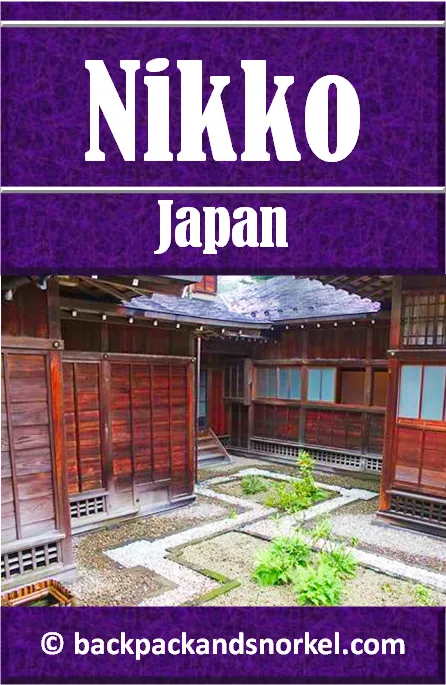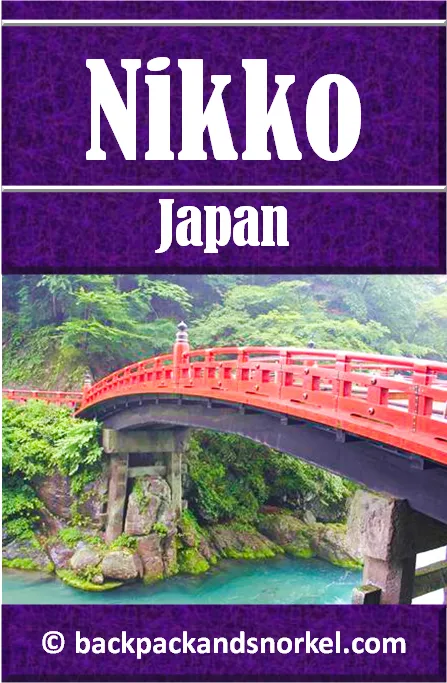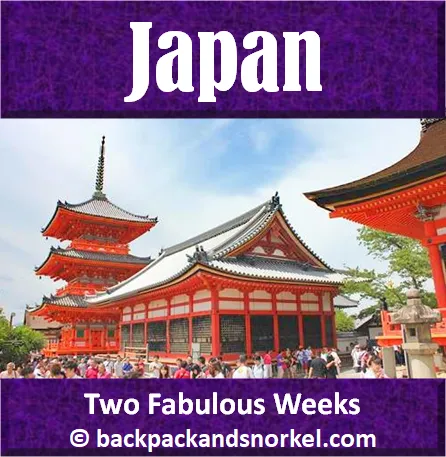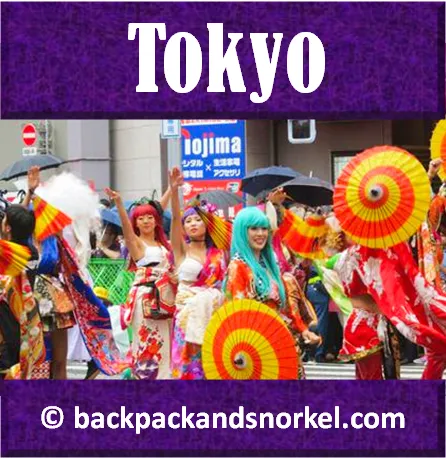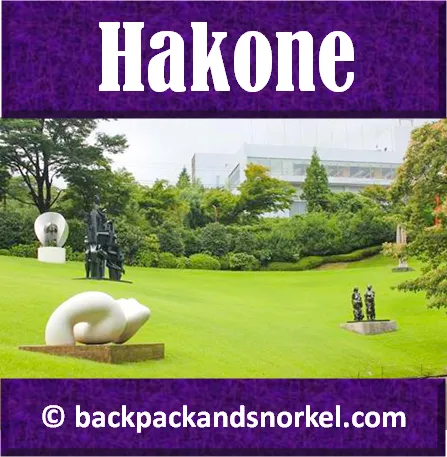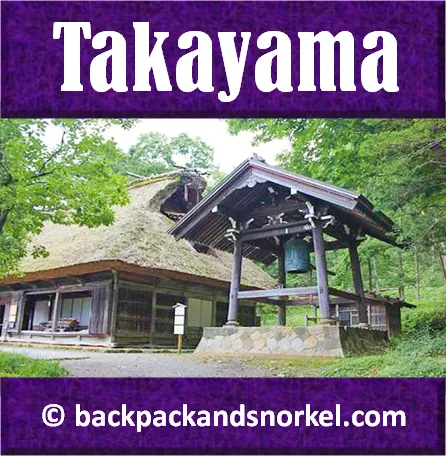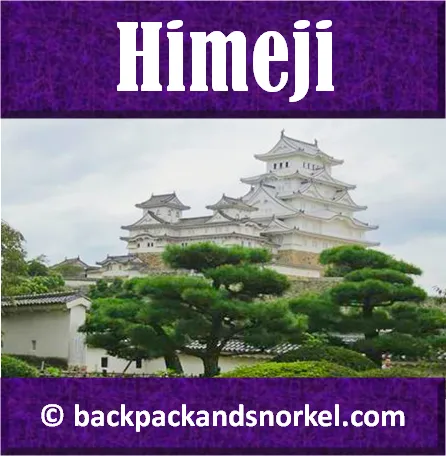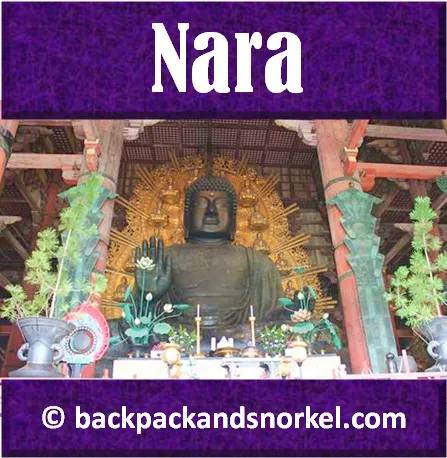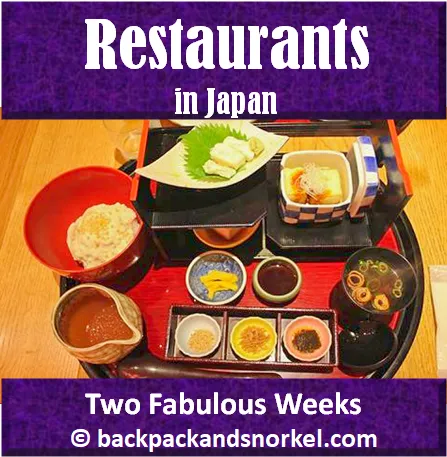Travel Guide for Nikko - Japan Purple Travel Guide
Nikko is a popular tourist destination in the mountains north of Tokyo. We show you the best things to see in Nikko and, as always, we provide lots of photos so you can decide where you want to go.
General Information about Nikko 日光市
The population of Nikko is only about 84,000 people, but the town covers a large 358,000-acre (1450 square km) area.
Back in 766, the temple of Rinnō-ji was established in what is now Nikko and then the temple of Chūzen-ji in 784. The village of Nikko developed around these temples.
One of the major tourist attractions, the Nikkō Tōshō-gū shrine, was completed in 1617 and is the burial place of the famous shōgun Tokugawa Ieyasu.
It took until 1889 until Nikko was incorporated as a town and until 1954 to receive “city” status.
Due to its location in the mountains, it is colder than in Tokyo. The climate you can expect is shown here:
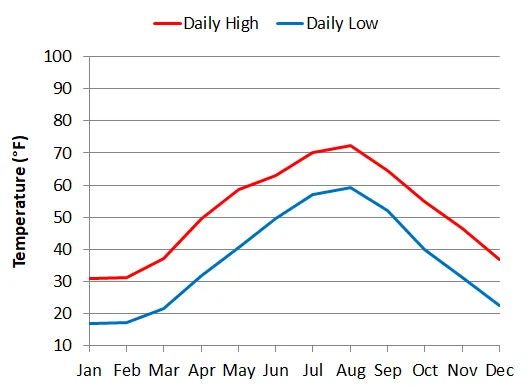
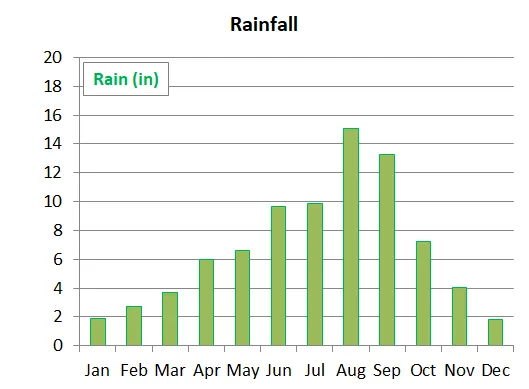
Train Ride to Nikko
Multiple Shinkansen trains leave from Tokyo Station and arrive about 50min later at Utsunomiya Station where you will have a 45min or so layover.
As trains in Japan always seem to be punctual, you will have time to explore Tonarie Utsunomiya (formerly: Lala Square Shopping Mall), which is right across the street.
Unfortunately, the mall opens at 10am but you can get into the building at 9am. Should you get there before 10am, you may find most stores open, but likely unattended. This is not untypical in Japan as the country has very low crime and honest people.
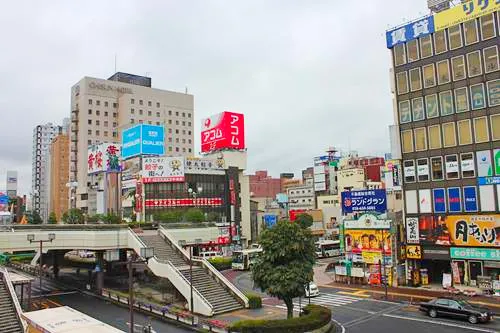
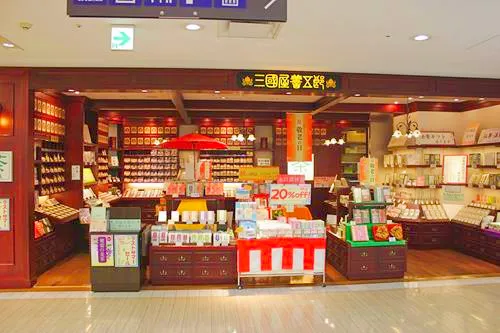
After your short visit to the mall, go back to Utsunomiya Station from where your connecting train will bring you to the Nikko JR Station after a 50min train ride.
At the time when you arrive in Nikko, you may likely be hungry. Luckily, there are plenty of restaurants on Nikko-kaido (Route 119), the main street that runs parallel to the train station just outside of the train station and that will bring you to your first destination: Shinkyo Bridge.

- Nikko JR Station
- Nikko-kaido
- Shinkyo Bridge
- Nikko Tosho-gu shrine
- Nikko Tamozawa Imperial Villa
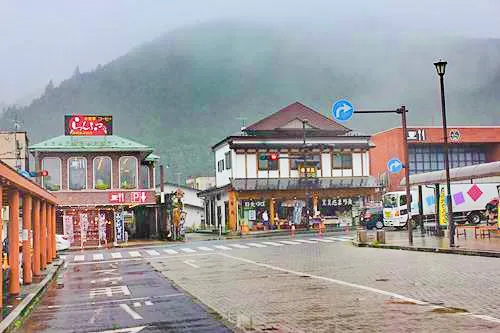
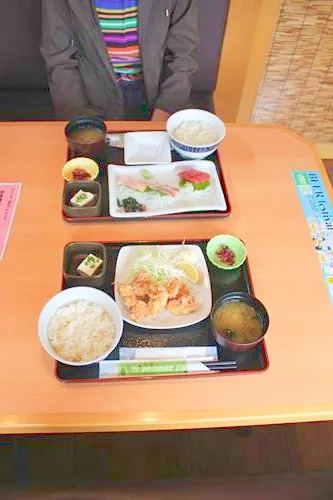

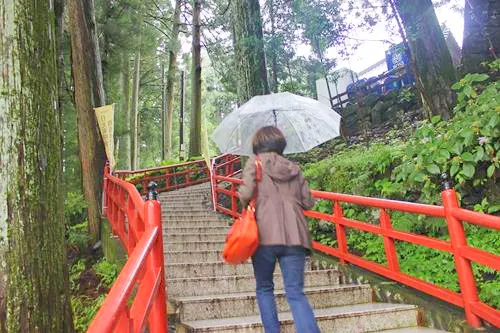
Shinkyo Bridge
Your first destination is Shinkyo Bridge (‘sacred bridge’), which is a 25min walk from the JR station or a 5min bus ride.
The current bridge over the Daiya River, which marks the entrance to Nikko's shrines and temples, is from 1636.
It underwent extensive renovation work in the early 2000s and you can walk over it for a small admission fee.
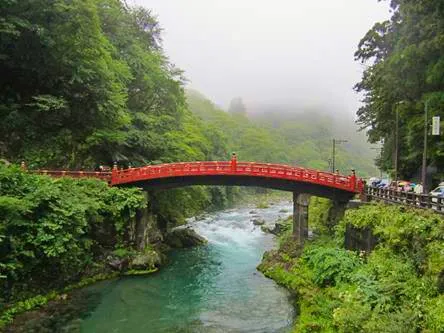

Nikko Tosho-gu
Nikko Tosho-gu shrine is a 10-15min walk from Shinkyo Bridge or a 10 min bus ride on the Tobu World Heritage sightseeing bus from the JR Station (bus stop 1B at the JR Station).
If you visit the shrine in summer, you may want to bring mosquito repellant with you.
This shrine is the final resting place of Tokugawa Ieyasu who founded the Tokugawa Shogunate that ruled Japan for more than 250 years until 1868.
The shrine consists of more than a dozen buildings; many of them with gold plated patterns and beautifully decorated gates which are probably the best-known features of the shrine. Nikko Tosho-gu shrine is probably the most beautiful shrine that we have seen during our Japan vacation and I consider it an absolute must-see. This shrine has the famous three monkey carvings in several places.
The main attraction is Yomeimon gate which is also called ‘higurashi-no-mon’, meaning gate that one could look at until sundown, and not get tired of seeing it. It has deep relief carvings that are painted in rich colors and gold plated. The shrine has many other beautiful gates and buildings that will totally make your visit worthwhile.
Long story short: This is one of the most beautiful shrines that I have seen in Japan. It is definitely a must-see.
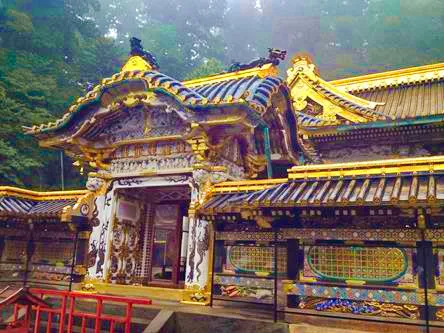
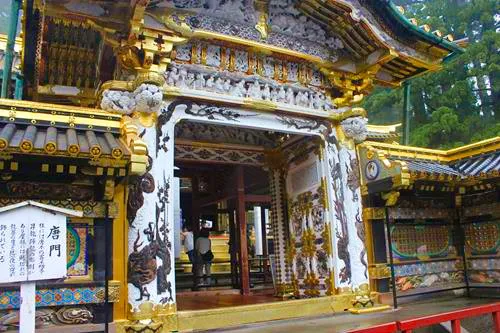
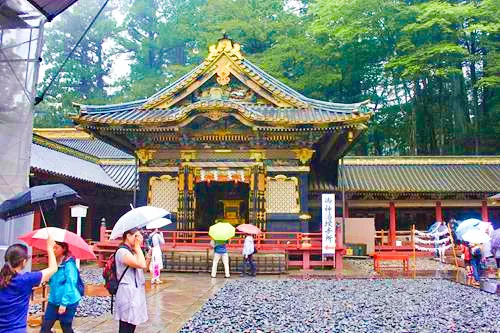
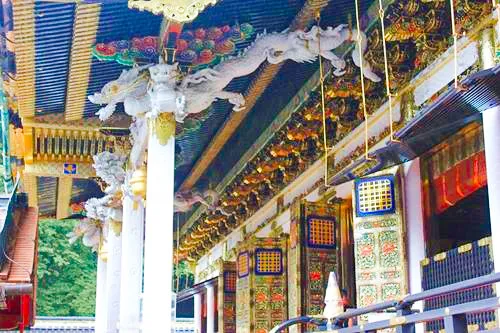
Nikko Tamozawa Imperial Villa Memorial Park
Nikko Tamozawa Imperial Villa is a 15min walk from Nikko Tamozawa Imperial Villa or a short bus ride. It is a former imperial summer residence which was constructed for Emperor Taishō in 1899 and used by emperor Hirohito as a hide-out during World War II.
This 109-room mansion is an impressive piece of traditional Japanese architecture as it blends traditional Edo and early modern Meiji era and Taisho era architecture. It is also one of the largest wooden buildings in Japan.
On your visit, you will not see all 109 rooms, but that is not necessary as most rooms are not furnished and thus many look alike. Everyone taller than 6ft, be aware that there are many (!) wooden beams at approx. 6ft height where you need to duck or face hurtful consequences.
Outside the imperial villa is a nice Japanese garden with some World War II air raid shelters that you cannot go into.
When you first enter the building, you will see a video playing with English subtitles that I strongly suggest you watch as it will give you tons of information about what you are about to see.
Long story short: If you want to go into an imperial villa, this is the place.

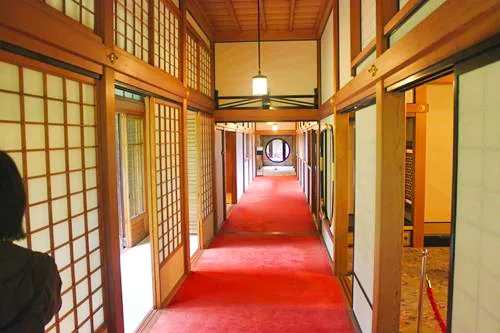
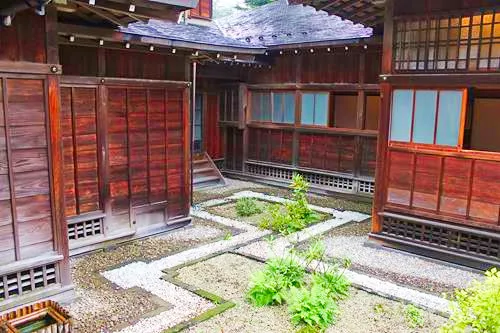

You can either walk back to the JR Station, or take the bus.
Which part of Japan do you want to visit now?
Author: Rudy at Backpack and Snorkel
Bio: Owner of Backpack and Snorkel Travel Guides. We create in-depth guides to help you plan unforgettable vacations around the world.
Other popular Purple Travel Guides you may be interested in:
Like this Backpack and Snorkel Purple Travel Guide? Pin these for later:

